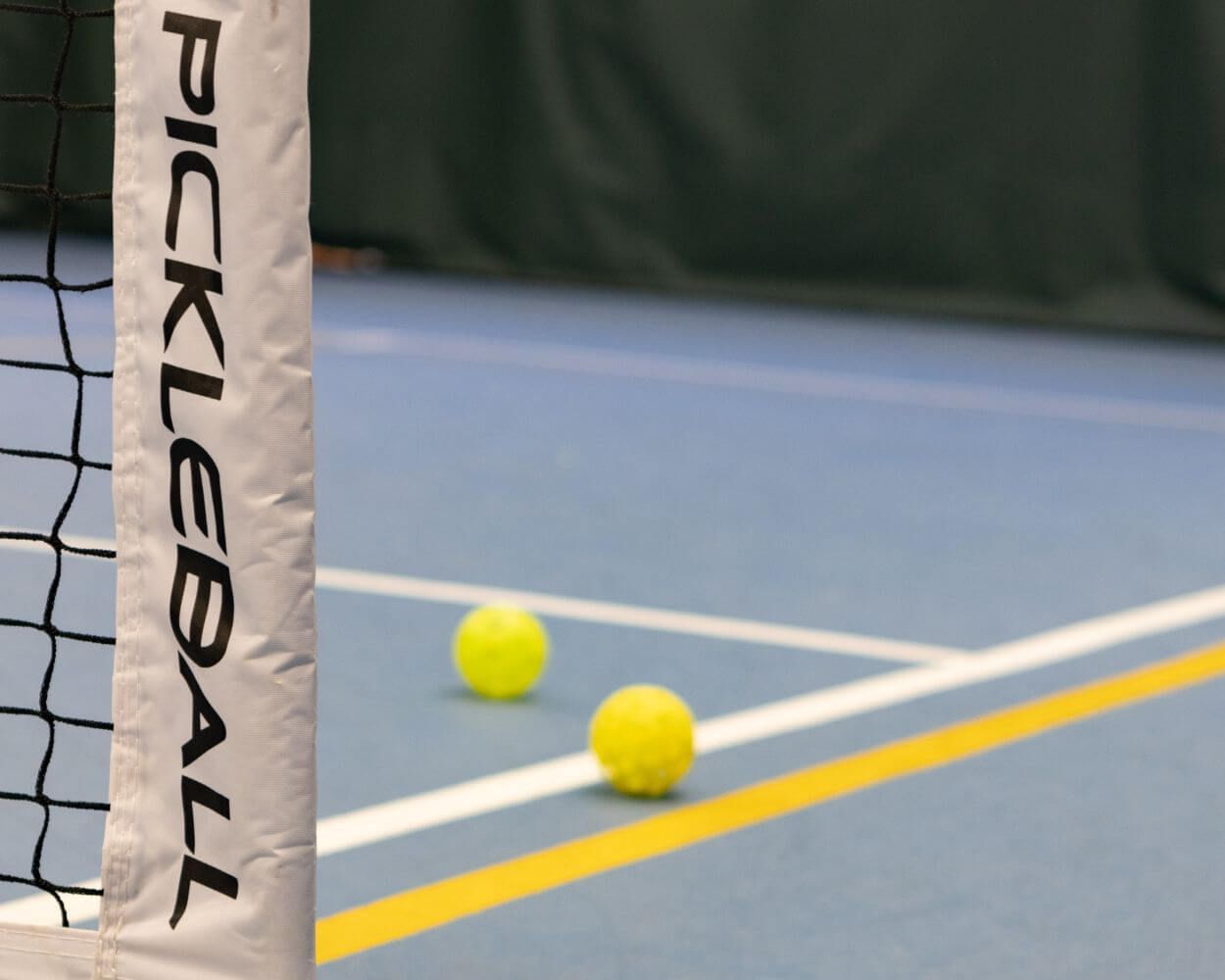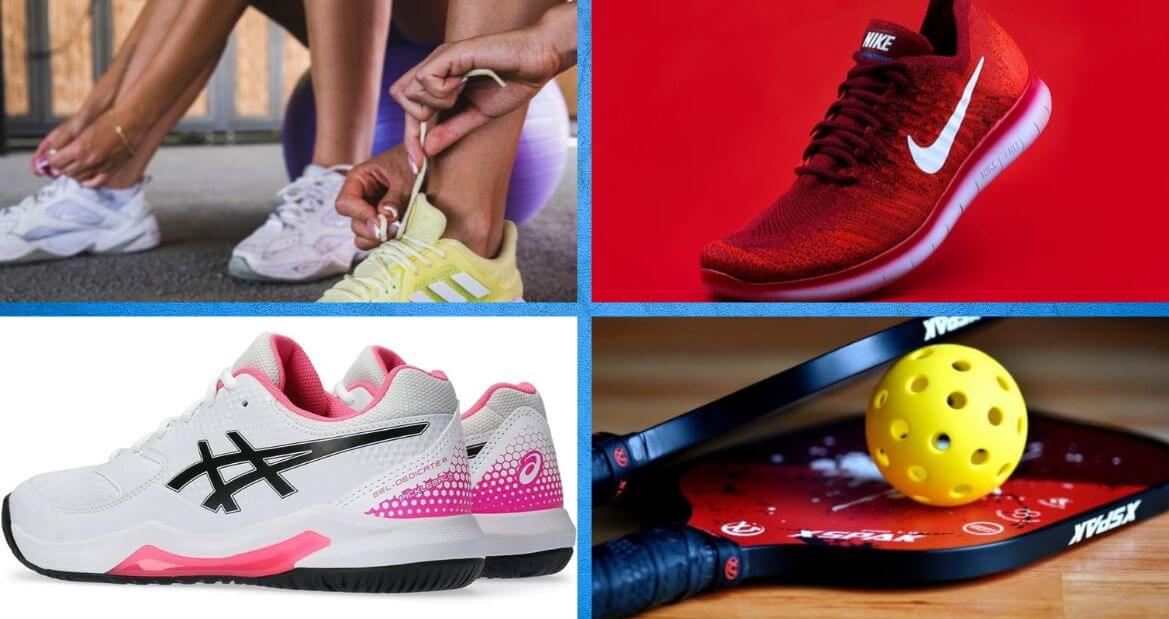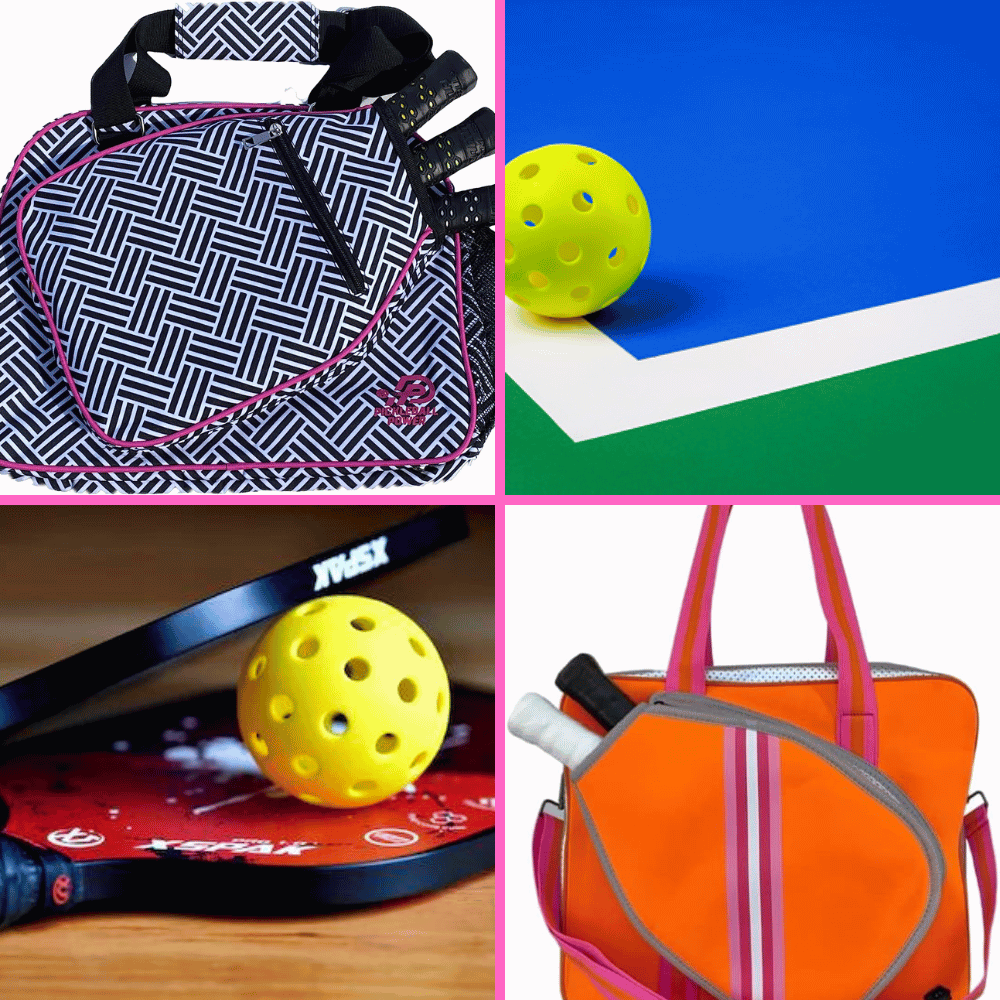Dangers of Delaminated Pickleball Paddles: Impact on Performance
Recently, the pickleball community has been abuzz with discussions, debates, and challenges surrounding the issue of pickleball paddle delamination. This concern has captured the attention of pickleball pros and enthusiasts alike, who are deeply invested in ensuring fair competition in the sport.
So, what exactly is a delaminated pickleball paddle? A delaminated pickleball paddle refers to a paddle whose layers have separated or come apart. This separation of the paddle's core can affect its performance and durability, leading to potential dead spots or decreased power during play or can have an opposite effect creating a spring-like effect, acting as a trampoline for the pickleball and resulting in increased power upon striking.
Delaminated pickleball paddles, also known as paddles with separated layers, have raised questions about their impact on the highest levels of competition. The integrity of pickleball paddles, including thermoformed carbon paddles and other types, has come under scrutiny due to the potential performance and durability issues caused by delamination.
Factors like extreme temperatures on the pickleball court and improper storage can contribute to the delamination of pickleball paddles. The separation of paddle layers, such as the carbon fiber and low-density foam cores, can affect the paddle's responsiveness and sweet spot, ultimately influencing the player's performance.
Paddle testing, including the thumb test, has become crucial in identifying delaminated pickleball paddles and determining whether they need to be replaced. It's important for players to regularly inspect their paddles to ensure they are in optimal condition for maximum force and power during gameplay.
Environmental factors, such as heat and pressure created while playing, can exacerbate delamination. To maintain the longevity of pickleball paddles, proper storage and care are essential. Some players have even resorted to using carbon edge strips to reinforce their paddles and mitigate the risk of delamination.
As the pickleball community continues to explore solutions and advancements in sports equipment, addressing the issue of delaminated pickleball paddles remains a top priority. By staying informed and proactive, players can ensure a fair and enjoyable playing experience while maximizing their performance on the court.
Add the “Diamond” to the list of paddles with a surface that delaminates along with the CRBN, Vatic, and Legacy Pro. Companies will continue to have no respect for the rules until they’re actually penalized. I blame no players playing with what they’re given, only the companies.
— Ben Johns (@BenJohns_pb) March 16, 2023


What Are The Signs of Paddle Problems
There are several signs that indicate a delaminated pickleball paddle. First, check for soft spots by pressing on the surface of the paddle. If you feel areas that are softer than others, it suggests that the layers are separating. Additionally, tap the paddle or hit a ball with it to listen for any unusual sounds. A delaminated paddle may produce a hollow or dull sound upon impact (Watch the YouTube Video Below to hear the sound). Also, bubbling or peeling on the surface is another sign of delamination, as well as an uneven or bumpy surface.
The problem with delaminated pickleball paddles lies in the increased power they can generate during gameplay. The space between the core and the separated outer layers creates a spring-like effect, acting as a trampoline for the pickleball. This results in more power than what is allowed according to the testing and approval process conducted by the governing body of the sport, USA Pickleball. The additional power can be dangerous, especially given the close proximity of players at the Kitchen line.
Addressing the Challenge of Pickleball Paddle Delamination
In recent weeks, the issue of pickleball paddle delamination has gained significant attention within the pickleball community. With concerns surrounding the impact on the sport's integrity and fair gameplay, the governing bodies, such as USA Pickleball, are taking steps to address this challenge.
Paddle testing has become a crucial aspect in identifying delaminated paddles and ensuring that players use a good paddle that meets performance standards. The governing bodies are considering implementing stricter guidelines and regulations during the approval process to prevent paddles that are prone to delamination from entering the market.
One of the biggest problems with delamination is that it affects the paddle's performance. The separation of the outer layers can create soft spots, compromising power and responsiveness during gameplay. To tackle this issue, the governing bodies are exploring potential solutions, including the development of new rules that mandate paddle durability and performance standards.
As they navigate this issue, the governing bodies will likely consult experts, manufacturers, and players to find effective solutions. The aim is to strike a balance between innovation and maintaining the integrity of the sport. By addressing the problem of pickleball paddle delamination, players can have a more enjoyable and competitive experience on the court while maximizing their potential.
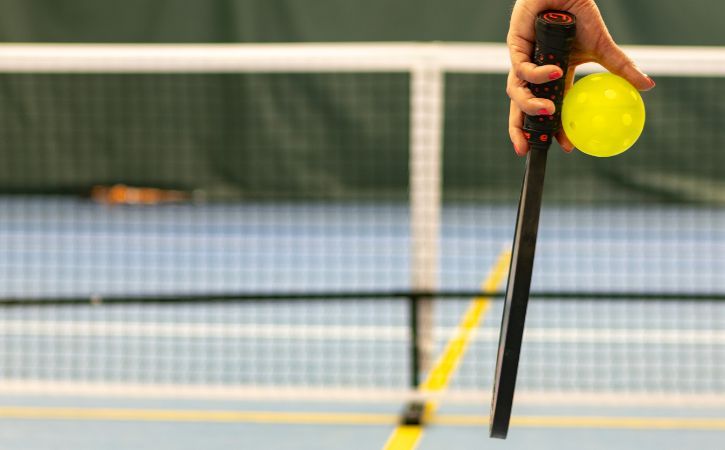
What's The Fix For A Delaminated Pickleball Paddle
Dealing with a delaminated pickleball paddle can be frustrating, but there are a few options to consider. Here are some steps you can take to address the issue:
Assess the Damage: Examine the extent of the delamination. If it's a minor separation and doesn't affect the performance significantly, you may be able to continue using the paddle for non-competitive play. However, if the delamination is severe or affecting gameplay, it's best to retire the paddle.
Contact the Manufacturer: Reach out to the paddle manufacturer and explain the situation. Some manufacturers offer warranty coverage or replacement options for delaminated paddles within a certain timeframe. They may ask for photos or require you to return the paddle for evaluation.
Repair Options: If the manufacturer does not provide a suitable resolution, you can explore repair options. However, keep in mind that repairing a delaminated paddle might not be ideal or recommended due to safety concerns and altered performance. It's important to prioritize player safety and fair play.
Invest in a New Paddle: In most cases, investing in a new pickleball paddle is the best solution. Look for reputable brands known for their quality and durability. Consider your playing style, preferences, and budget when selecting a new paddle.
To address this issue, proposed solutions need to be explored. These could involve stricter regulations and standards for paddle construction, improved adhesive technologies, and more rigorous testing protocols. By taking proactive measures, the pickleball community can mitigate the prevalence of delaminated pickleball paddles and ensure fair and safe gameplay for all.
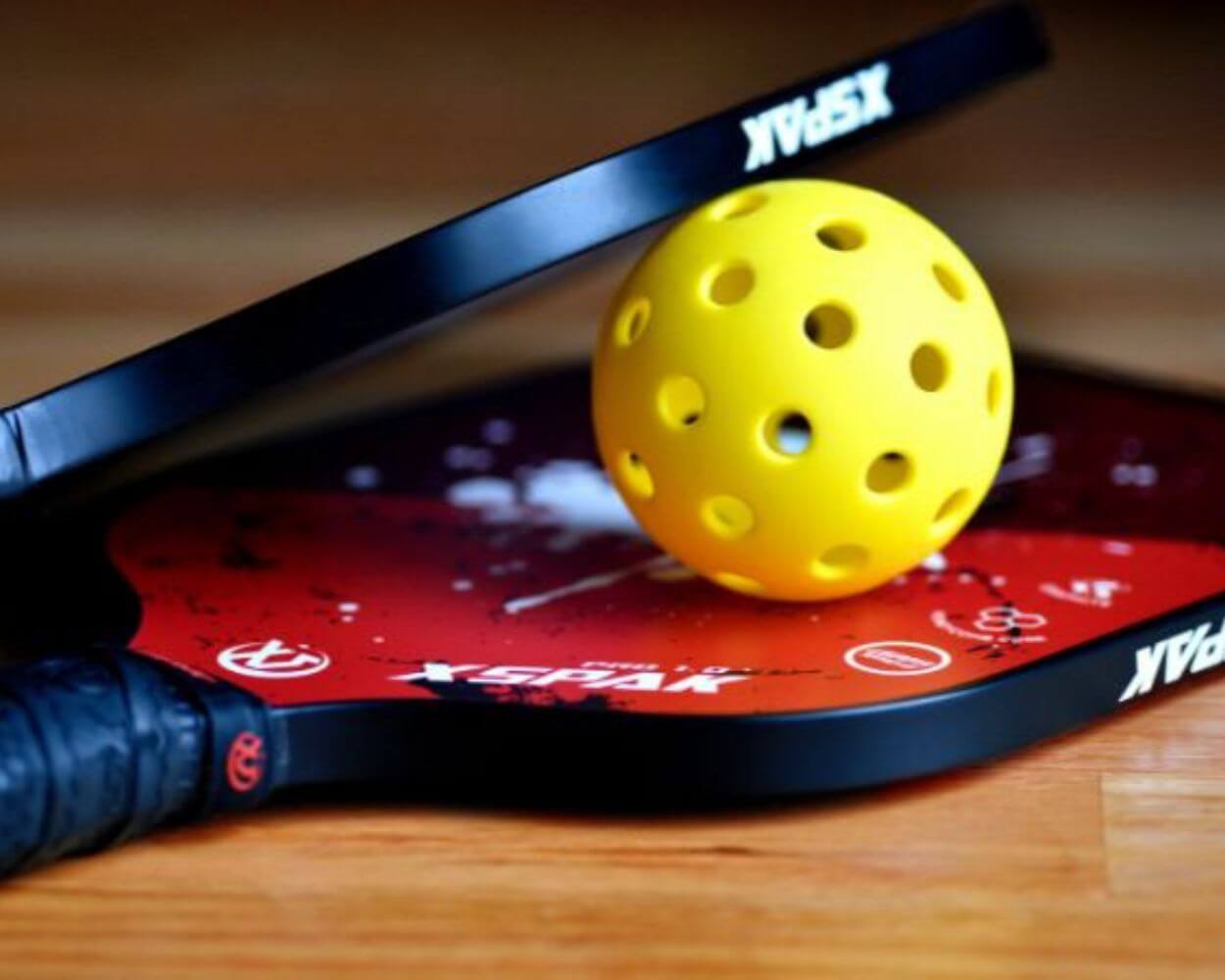
Pickleball Paddle FAQs
How can you tell if your pickleball paddle is delaminated?
If your pickleball paddle is delaminated, you may notice visible separation or bubbling of the outer layers, a decrease in performance, or a hollow sound when tapping the paddle.
What are the causes of delamination in pickleball paddles?
Delamination in pickleball paddles can occur due to factors like moisture intrusion, extreme temperature changes, impact damage, poor construction quality, or prolonged use.
Can a delaminated pickleball paddle still be used?
While it is possible to use a delaminated pickleball paddle, it may result in decreased performance, loss of power, and dead spots on the hitting surface. It is advisable to replace a delaminated paddle for optimal gameplay.
How can I prevent delamination in my pickleball paddle?
To prevent delamination, store your paddle in a dry and moderate climate, avoid exposing it to extreme temperatures, protect it from impact damage, and choose paddles with high-quality construction and durable materials.
What are the potential risks of playing with a delaminated pickleball paddle?
Playing with a delaminated pickleball paddle can lead to inconsistent shots, reduced control, and an increased risk of injury due to the unpredictable behavior of the paddle during gameplay.
Can delamination be repaired in a pickleball paddle?
In most cases, delamination cannot be repaired effectively. Once the layers of a paddle have separated, it is best to replace it to maintain optimal performance and safety.
Are all pickleball paddles prone to delamination?
While not all pickleball paddles are prone to delamination, lower-quality paddles or those with inferior construction materials may have a higher risk. Investing in a paddle from reputable brands and checking customer reviews can help mitigate the risk of delamination.
How long does it take for a pickleball paddle to delaminate?
The time it takes for a pickleball paddle to delaminate can vary depending on various factors such as usage frequency, playing conditions, construction quality, and maintenance. Generally, with proper care, paddles can last for years before delamination occurs.
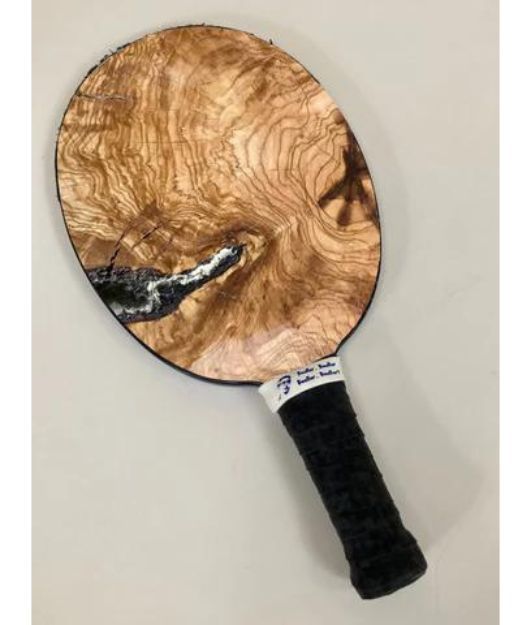
What Do The PPA, USAPA & IFP Have To Say About Paddle Delamination
PPA (Professional Pickleball Association):
💠The PPA focuses on promoting and growing pickleball at a professional level.
💠They organize professional tournaments, providing a platform for players to compete and showcase their skills.
💠The PPA maintains player rankings, which help assess the performance and standing of professional pickleball players.
💠They work towards developing and implementing rules and regulations specific to professional pickleball competitions.
💠The PPA also supports professional players by offering sponsorships, prize money, and other resources.
USAPA (USA Pickleball Association):
Hosting Tournaments: The USAPA is responsible for organizing and hosting various pickleball tournaments across the nation. These tournaments provide opportunities for players to compete at different levels and showcase their skills.
Providing Rankings: The association provides rankings to players, which help assess their performance and standing within the pickleball community.
Governing Body: As the de facto governing body for pickleball in the United States, the USAPA establishes and maintains the official rules and regulations of the sport. They ensure consistency and fairness in the game.
Promotion & Growth: The USAPA actively promotes the growth of pickleball by spreading awareness and encouraging participation in the sport. They work with communities, schools, and organizations to introduce pickleball and facilitate its development.
Education & Certification: The USAPA collaborates with partners, such as the Professional Pickleball Registry (PPR), to provide education and certification programs for instructors and coaches. This helps maintain a high standard of instruction and coaching in the sport.
Representation: The USAPA represents the national pickleball community and serves as its spokesperson. They advocate for the sport's interests and address any concerns or issues that may arise.
IFP (International Federation of Pickleball):
💠The IFP is the global governing body for pickleball.
💠They oversee the development and promotion of pickleball internationally.
💠The IFP establishes and maintains the official rules and standards of the sport.
💠They coordinate and organize international pickleball tournaments, including the World Pickleball Championships.
💠The IFP works towards fostering the growth of pickleball by expanding its reach to new regions and countries.
💠They collaborate with national governing bodies to ensure consistent standards and regulations across different countries.
Pickleball Paddle Specs Per USAPA & IFP
Pickleball Paddle Wrap Up
The debate surrounding pickleball paddle delamination revolves around the issue of layers separating or coming apart in a paddle during play. Delamination compromises the durability and performance of the paddle. There are concerns about the increase in deflection and potential unfair advantages associated with delaminated paddles. Organizations like the PPA have implemented testing measures to detect delamination before matches to ensure fair competition. The topic has generated discussions and allegations regarding the use of illegal and delaminated paddles in pickleball tournaments. Punishments for paddle delamination have been a point of contention, with some individuals arguing for intent-based penalties similar to other sports. Overall, the debate raises questions about the future of pickleball paddle design, testing standards, and maintaining fairness within the sport.
Thanks for reading and enjoy the game!
J
Related Reads:
